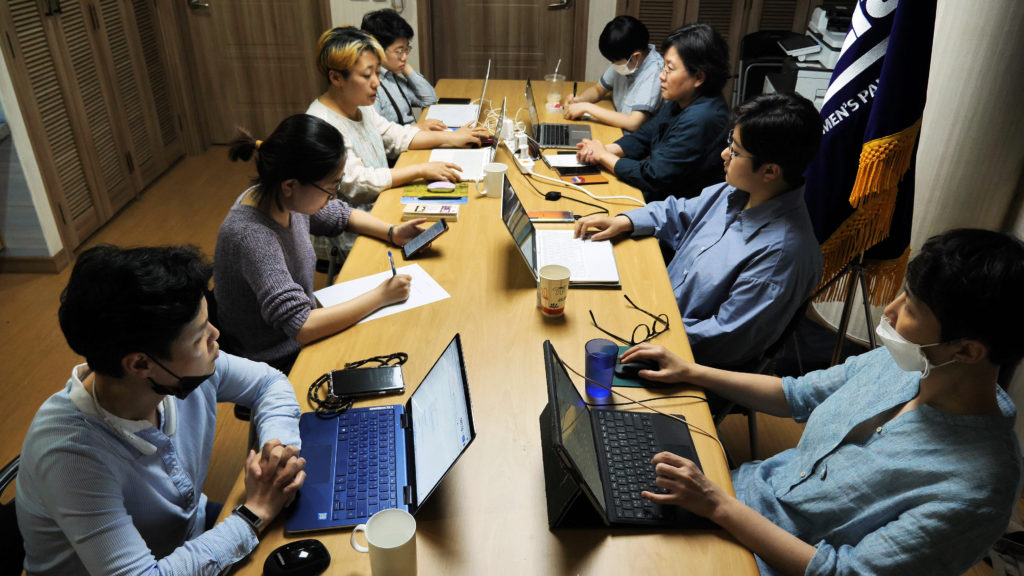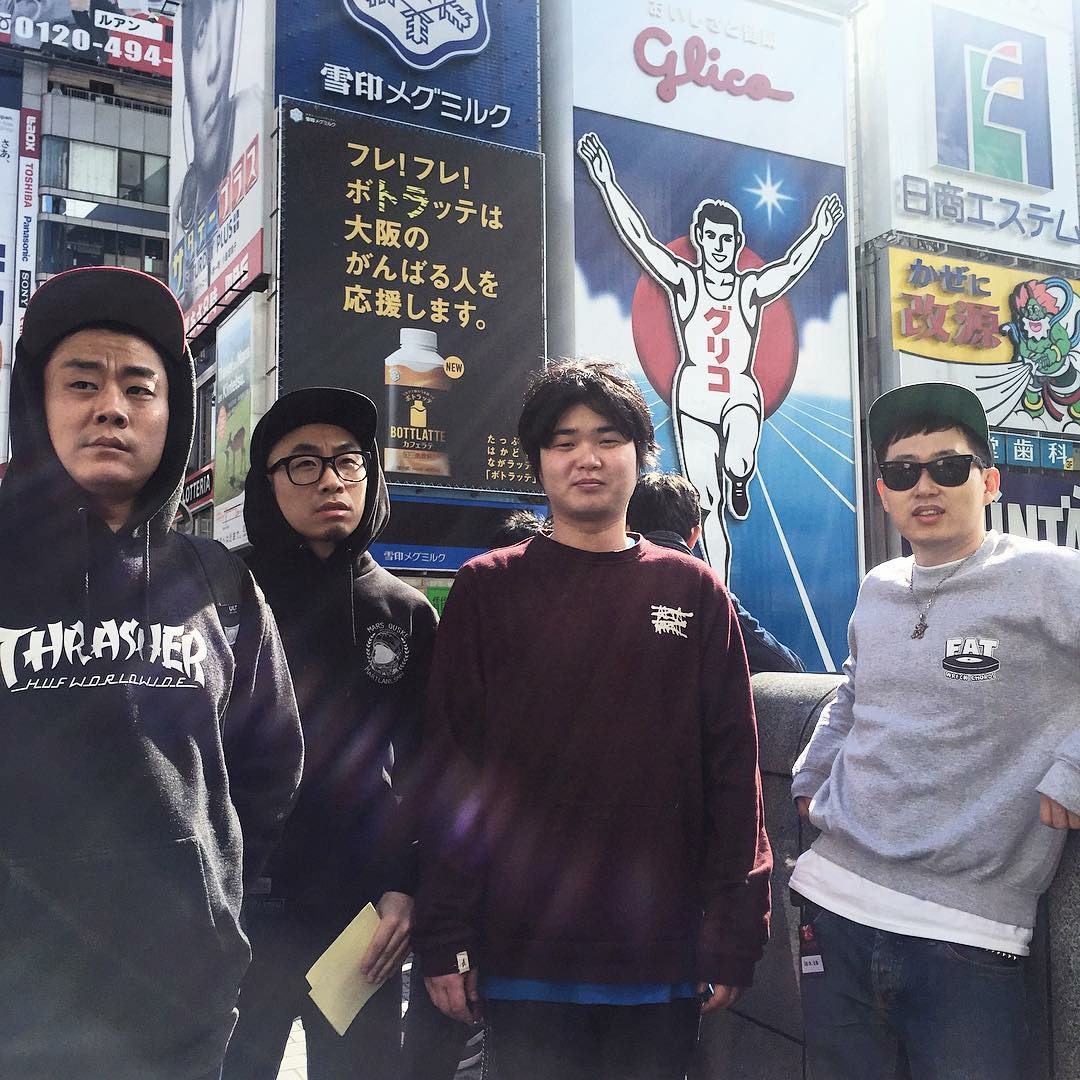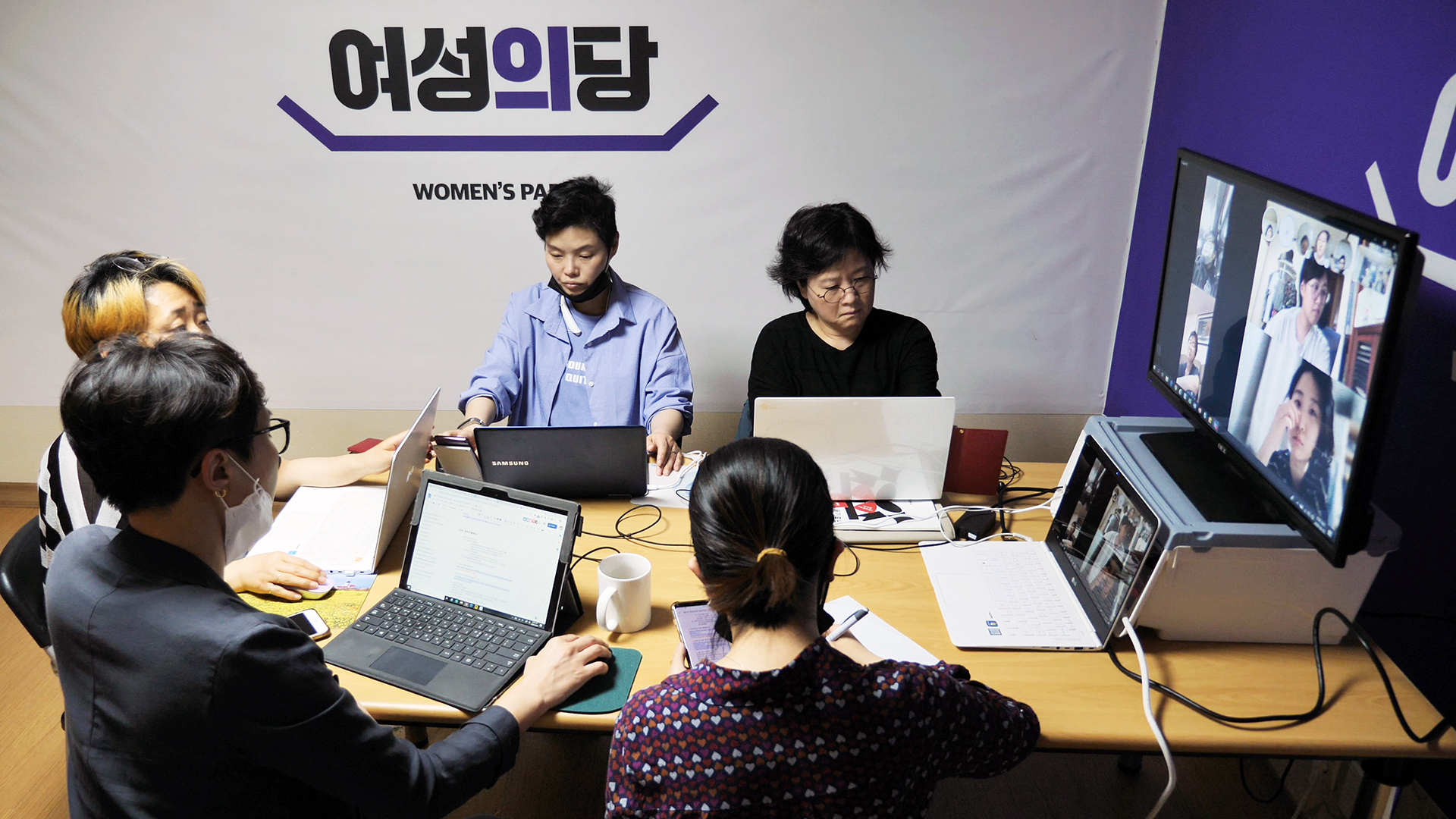Korea’s Women’s Party
Towards a Model for Female Empowerment and Leadership
Written by Cristina Murano.
Tipping Point
On International Women’s Day (March 8), members of South Korea’s Women’s Party gathered at Seoul Arts College to celebrate the party’s inauguration. This formation embodies a tipping point in South Korean socio-politics, with tipping point being defined as “the critical point in a situation, process, or system beyond which a significant and often unstoppable effect or change takes place.” This tipping point is a culmination of decades of sexism and violence against women that needs to be addressed with greater public urgency.
In 2015, Statistics Korea and the Ministry of Gender Equality and Family determined that South Korean men “spent an average of 45 minutes a day on household chores [while] women spent 227 minutes on household chores – five times longer than men.”[1]
Spycam cases “jumped to nearly 6,500 in 2017 from about 2,400 in 2012.”[2] In fact, more than 6,000 cases “are reported to the police each year and 80 percent of the victims are women.”[3] Note that this number accounts for only the cases that are reported.
A survey carried out by the Seoul Foundation of Women and Family on discrimination among youth found that “female youth experience greater discrimination by over 10 percentage points than their male counterparts in three categories: gender, age, and academic achievement.”[4]
Earlier this year, the Organization for Economic Cooperation and Development published data about the gender wage gap in its member countries. South Korea had the largest wage gap at 34.1 percent, meaning men on average make 34.1 percent more than women. This is the 17th consecutive year that South Korea has topped this list.[5]

Interview
In an interview with the Women’s Party co-president, Kim Jina, I asked her to describe the party’s goals and challenges.
Gwangju News (GN): What are your short-term goals?
Kim Jina: Our short-term goal is to have parliamentary members in every city and province after the 2022 local elections. To achieve this, we will form twelve city and provincial consistency branches in addition to the present five nationwide city and provincial branches and create local organizations. Through the Digital Sexual Crimes Agenda Organization, we are currently proposing and passing legislative measures related to the 21st general elections. In addition, to change a male-dominated political climate, we need to develop a model for female empowerment and leadership. The Women’s Party is currently designing “political schools” and “parliamentary schools” to meet these ends.
GN: What are your long-term goals for the party?
Kim Jina: Economically speaking, South Korea is a developed nation, but its parties and the National Assembly are still quite male-controlled. The Women’s Party was formed to make policies and laws that advance the agenda of women’s rights, which have been repeatedly neglected by the major political parties amid their power struggle. In addition, cultivating young women as political leaders is not only a long-term goal but an urgent task at present. How else can we have a presidential candidate for the next term?
GN: What are some of the major challenges you face as a party?
Kim Jina: The Women’s Party held a promotional meeting last February 15, an inauguration ceremony on March 8, and ran during the general elections on April 15. Is this not a record worth entering into the Guinness Book as “fastest party formed”? Since the general elections, the party’s efforts have been focused on drafting the party constitution and the party regulations in order to strengthen its foundations. After collecting the opinions of all the party members and holding a series of intense debates, we are close to the final stage. Seventy-seven percent of the Women’s Party are in their teens and twenties. The level of passion is as intense as any other party, but the pressing challenges that party members face as they strive for education, employment, and survival in a sexist system are urgent. The financial difficulties are that much more pronounced. The party can only sustain itself with the interest and support of the older generations that believe in the party’s value and potential. We are considering how to build a sustainable structure to see positive outcomes and run for elections.

Public Governance
Proportional representation in South Korea’s electoral system is intended to create an easier pathway for candidates from emerging parties to get elected. However, this hinges on a number of factors, such as regional politics, competition, campaign funding, and public attitudes.
While the Women’s Party did not have any representatives win seats in South Korea’s 2020 national elections, a record number of “209 female candidates ran in constituencies. With proportional representation seats included, there are 57 women elected, representing about 19 percent.”[6] Change is happening in South Korea, but the need for the formation of the Women’s Party signals that this change is happening far too slowly.
Having women elected to the legislature who represent the needs of women and push advocate for gender equity is necessary for a strong and thriving South Korean democracy. It increases accountability, social inclusion, diverse funding initiatives, and balance between groups, ultimately benefiting a broad range of people rather than a select few. The Women’s Party embodies a growing feminist movement in South Korea that aims to elevate women’s leadership and strengthen women’s rights in public governance. This tipping point has been long overdue.
Sources
[1] Ock, H. (2015, December 7). Korean men do least housework in OECD. The Korea Herald. http://www.koreaherald.com/view.php?ud=20151207000891
[2] Reuters. (2018, October 22). “Spycam” epidemic seizes South Korea’s women. Al-Jazeera. https://www.aljazeera.com/news/2018/10/epidemic-seizes-south-korea-women-181022042455511.html
[3] Bicker, L. (2018, August 3). South Korea’s spy cam porn epidemic. BBC News. https://www.bbc.com/news/world-asia-45040968
[4] Kim, B. (2020, May 4). Female and male youth report stark difference in appearance-related stress. The Korea Herald. http://www.koreaherald.com/view.php?ud=20200504000556
[5] Kim Yon-se. (2020, May 12). Korea unrivaled in gender wage gap among OECD members: Korean women make nearly 35 percent less than men. The Korea Herald. http://www.koreaherald.com/view.php?ud=20200512000189
[6] Ock Hyun-ju. (2020, April 16). Regionalism, two-party dominance back to politics in S. Korea: A record number of women took constituency seats. The Korea Herald. http://www.koreaherald.com/view.php?ud=20200416000918
Resources
— For further reading, see Min Gyeong Lee’s works: Reclaim the Language (2016), Reclaim the Wage (2017), and Escape the Corset: The Arrival of an Imagination (2019). — For more information or to get involved, visit the Women’s Party website at www.womensparty.kr and follow on Twitter @womensparty2020 or Instagram @womensparty2020
THE AUTHOR
Cristina Murano’s work is in the areas of education, equity, public governance, and sport, with a focus on youth, women, and 2SLGBTQ+ people. She is originally from Toronto, Canada. Instagram: @ profondoluce / Twitter: @cristinamurano





